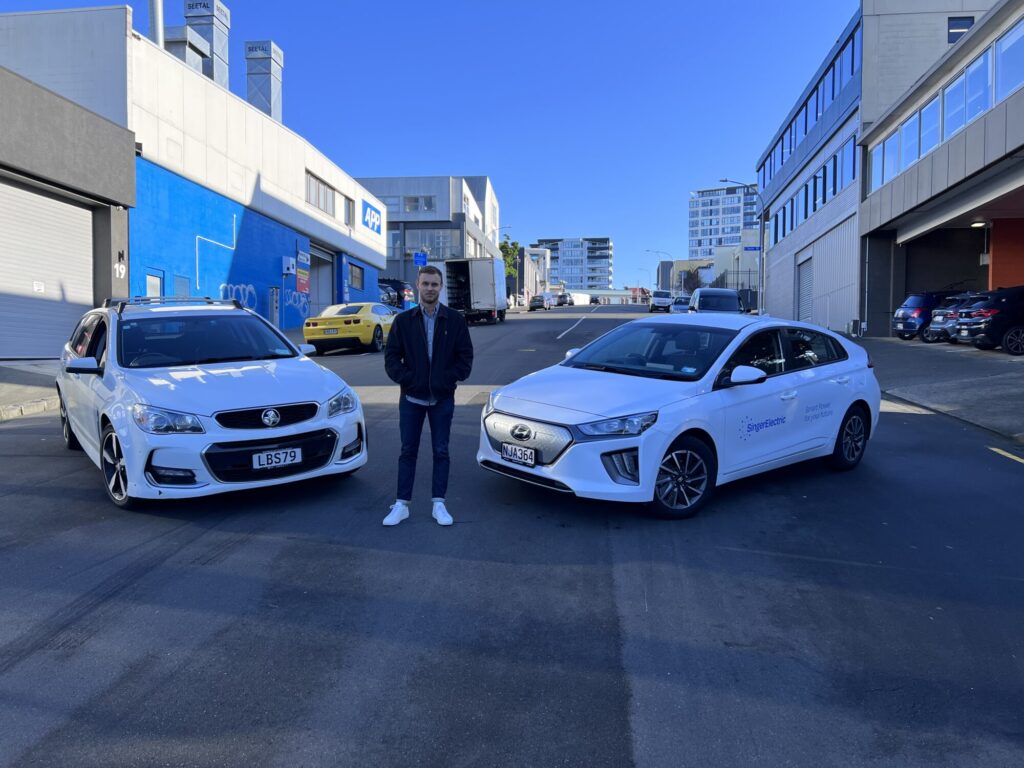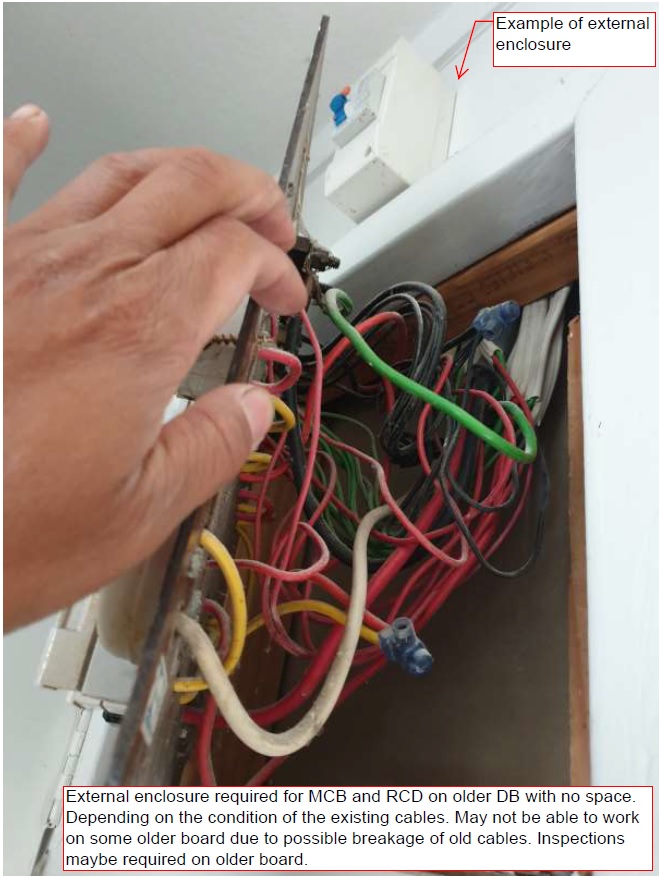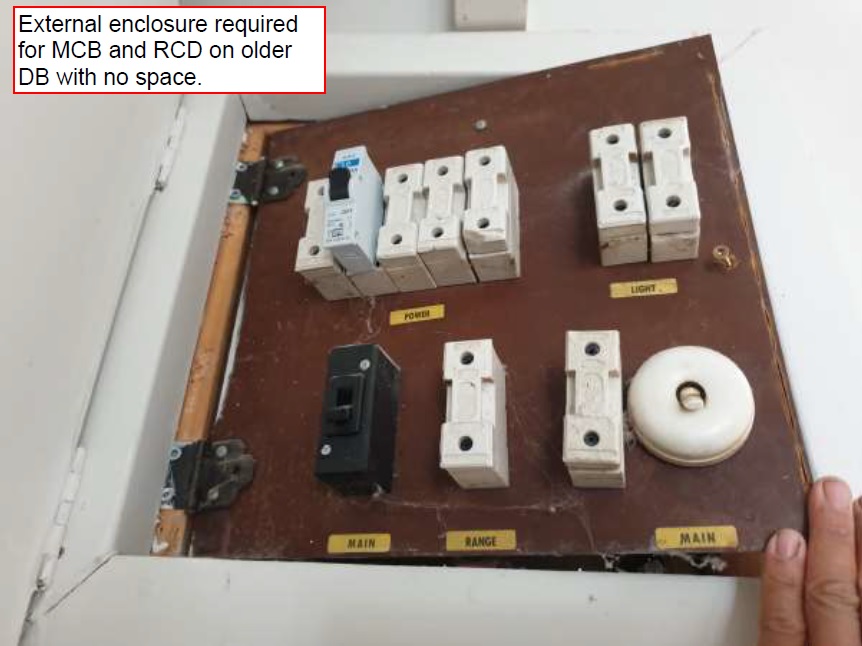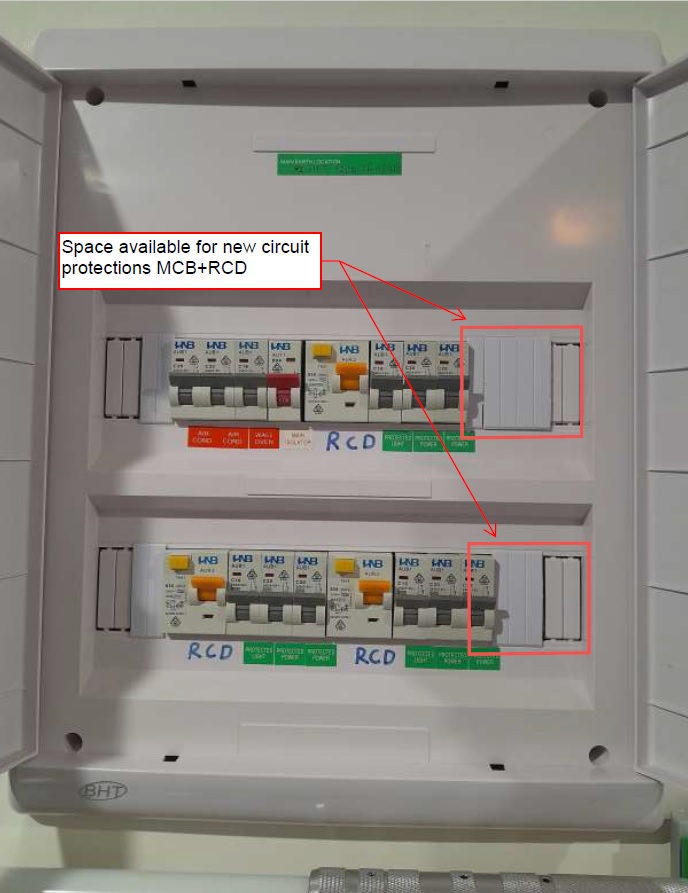How did you get started on your EV journey?
I always had a level of interest in how EVs worked after a Formula E league started in 2014. Even with F1, they have these batteries in the cars and hybrid engines. Purchasing one hadn’t crossed my mind though because cost was a barrier. I’m lucky enough to have access to an electric vehicle through work and after using it, I’ve since traded in my Holden V6 Commodore Wagon. I now drive the most stock standard, family model electric car hatchback and love it!


What were your concerns about switching to an EV?
The transition has been significantly easier than expected. I did question whether there was going to be a significant performance drop to come with all the benefits of having an EV. I liked the fact that I could pull out in a gap in my old car and not be worried about having enough power. But there’s a sport mode for EVs and I have to say, the capability of the electric motor is impressive.
I had this misconception that I would need to charge it every single day and would need significant amounts of time on the charger. As I’ve driven it, I’ve found I only need to charge my EV for 2.5 hours on a Monday morning and 2.5 hours on a Friday morning and that’s me. I have zero concern about running out of battery, just like I would about running out of petrol. It’s also got heated seats, can be integrated with my phone and it’s just a nice car to drive.
How do you charge your EV?
The only reason charging my EV is so easy is because I have access to a Terra AC Wallbox. It’s a smart EV charger and has wifi and bluetooth capability. It can be controlled from an app for time targeting during off peak electricity rates. It’s simple and future proof, you can even incorporate solar into it.
The first time I plugged my electric car into the Wallbox charger I was a little nervous about not knowing what to do. It brought back feelings of being an eight-year-old kid and your dad letting you fill up the car for the first time, you think it’s this crazy experience. By the time you’re 20, filling up is second nature and it’s the same after you learn how to use your EV charger. There’s a misconception we need to wait for the network to be fully established to make charging easy but an estimated 74 percent of electric vehicle charging takes place at home. You could be running your car off a Wallbox and have no worries in your life. I don’t think I would be singing the praises of an EV as much as I am after three months without a Wallbox charger.
A 7.4 kilowatt Wallbox will charge your car in four to eight hours and cost between $3000 and $5000 for your average install. It’s worth it for the convenience. If you have a Wallbox at your bach and at your house then you would be sorted.
What is the range on your EV and how far have you driven it?
My EV sits comfortably around the 200 kilometre range. I went to Rotorua for a trip one weekend and that was outside that range. There was a little bit of planning involved and we used the apps ChargeNet and PlugShare to find available charging stations. We knew we had to get groceries on the way down so we stopped in Hamilton and plugged the EV into the 50 kilowatt fast charger at the supermarket. We came out after 45 minutes and the charge had jumped up enough for us to complete the rest of the trip to Rotorua.
On a fast charger, half an hour is all you really need for a longer road trip. It’s a bit of a mindset change but when you go into it knowing it’s what you have to do, there’s no real stress to it. There are over 500 electric car charging stations nationwide on the ChargeNet app which is a station every 75 kilometres on average.
Does an EV save you money?
For the last three or four years I have loved driving my Holden. I could pack it up for weekends away without worrying about space. If we ever went on a golf trip I would just pile the clubs in and we could head off. However, it was not an economical city commuter at all. I was paying around $80 a week to go between work in the next suburb over, the gym and home. Meanwhile, a trip to the Coromandel had a $188 price tag. I’ve made huge savings on petrol since moving to an EV. Based on the kilometres I do each week, the average weekly charging cost has been between $8 to my most expensive week of $15.
What’s your advice for people looking to buy an EV?
Until you’ve adopted it, you’re always going to poke holes in it. That’s been my biggest learning in this experience. I am pro-EV because I know if we move as a collective it will be better for the environment in general. That’s still my main motivation behind transitioning to an electric vehicle. But I think the underlying benefits being woven in makes it a no-brainer. It’s significantly cheaper to run, they drive well and the amount of research and development will bring the cost down in the next few years. Plus, you get better parking as EVs need to have proximity to the switchboard. At Les Mills, I now get the best park and get to charge my car at the same time.
We’re in the infancy of adopting electric vehicles in New Zealand but if you are considering it I wouldn’t wait. There’s a six month lag time for cars arriving in the country.









